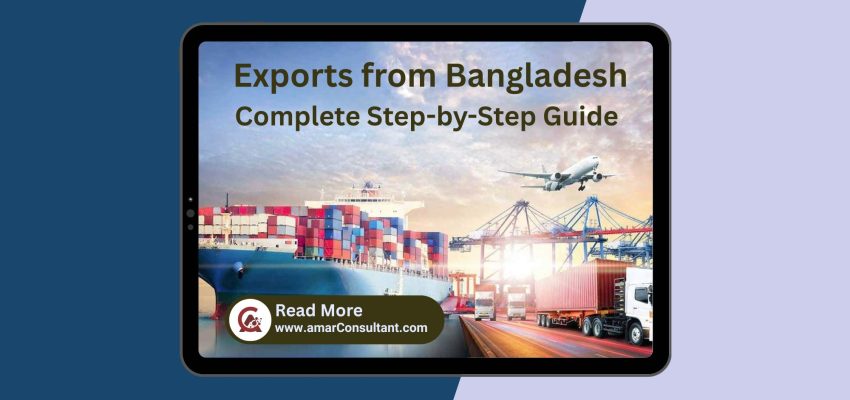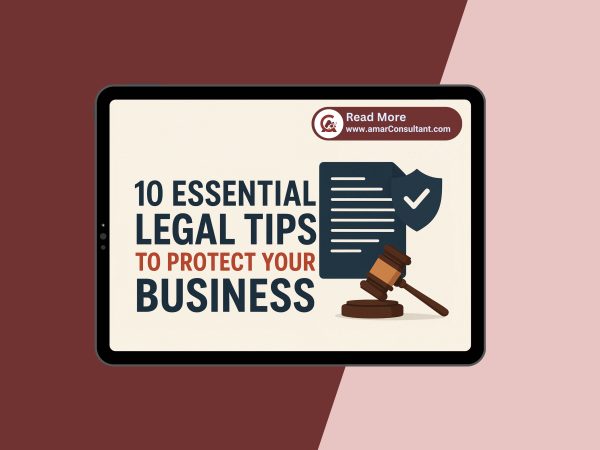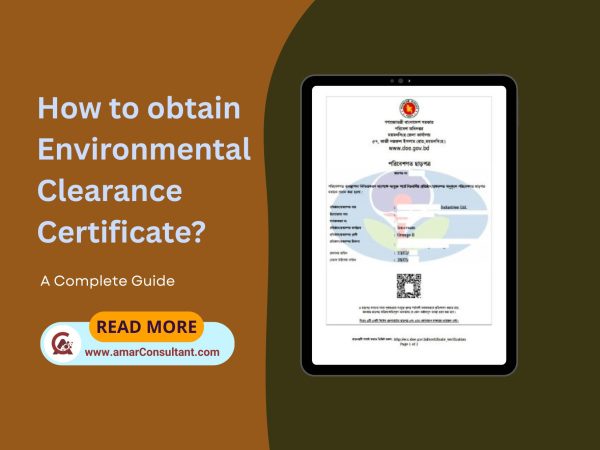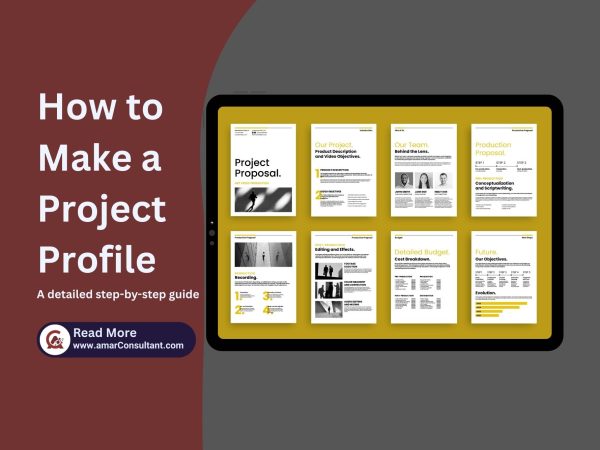
- By Gias Uddin CAP, ITP
- 0 Comments
- Export-Import
- Tags: Bangladesh export incentives, Bangladesh import procedures, commercial import Bangladesh, customs clearance export BD, customs clearance import BD, EPB export rules, ERC Certificate, ERC registration process, export compliance Bangladesh, export incentives policy Bangladesh, export process Bangladesh, export-import business Bangladesh, freight forwarding Bangladesh
Step-by-Step Procedures of Exports from Bangladesh: A Complete Guide for Businesses
📦 Introduction
Exporting goods from Bangladesh plays a significant role in driving the country’s economic growth. The government has streamlined the export process to facilitate international trade and make it more accessible to local and foreign exporters. In this blog, we break down the official procedures for exporting goods from Bangladesh, helping new exporters understand every step clearly.
🛃 1. Exporter Registration
Before initiating any export operation, a business must be registered as an exporter.
- Obtain Export Registration Certificate (ERC) from the Office of the Chief Controller of Imports and Exports (CCI&E).
- Required documents include TIN certificate, Trade License, Bank solvency certificate, VAT registration, and Memorandum of Association.
📑 2. Product-Specific Licensing (If Required)
Some items require a special license or approval from relevant ministries or regulatory authorities (e.g. pharmaceuticals, food items, arms, etc.).
- Check the Export Policy Order to determine licensing requirements.
- Obtain NOC (No Objection Certificate) or approval if applicable.
📋 3. Contract and L/C Opening
Export contracts are made between buyer and seller, often in the form of a Letter of Credit (L/C).
- Open the L/C through a commercial bank.
- Other accepted methods: Advance TT, Open Account, Consignment basis.
🚚 4. Commercial Invoice & Packing List Preparation
Once the L/C is issued, prepare:
- Commercial Invoice
- Packing List
- Proforma Invoice
These are necessary for Customs clearance and bank documentation.
📤 5. Declaration to Customs – Export Entry
Fill up the EXP Form (electronic submission via Customs ASYCUDA World system or NBR portal) and submit to Customs.
- Include necessary shipping documents, L/C, invoice, and transport details.
- Obtain Customs clearance from the port authority (e.g., Chittagong Port, Benapole, etc.).
🧾 6. Quality Certification (If Applicable)
- Products like food, garments, or pharmaceuticals may require quality certificates.
- Common certifying authorities: BSTI, Department of Agricultural Extension, EPB.
🚢 7. Shipment of Goods
- Transport goods to port (sea, land, air).
- Complete shipping formalities with Freight Forwarder or C&F Agent.
- Get Bill of Lading (BL) or Airway Bill (AWB) issued.
💳 8. Realization of Export Proceeds
- Exporter must realize foreign currency payment within 120 days of shipment.
- Payment comes via L/C issuing bank to the exporter’s bank.
- Obtain Bank Realization Certificate (BRC) for tax and incentives.
🏛️ 9. Submission to EPB & Other Authorities
To qualify for cash incentives, bond facilities, or duty drawback, exporters must submit:
- Export documents
- BRC
- Customs export reports to Export Promotion Bureau (EPB) and NBR.
📊 Conclusion: Embrace Opportunities in Global Markets
Bangladesh has made significant progress in simplifying export procedures to encourage trade and entrepreneurship. Exporters now benefit from digital documentation, bank automation, and customs modernization. For new and experienced businesses, understanding this process is the key to tapping into global demand while enjoying government incentives.
Author:
Gias Uddin CAP, ITP






